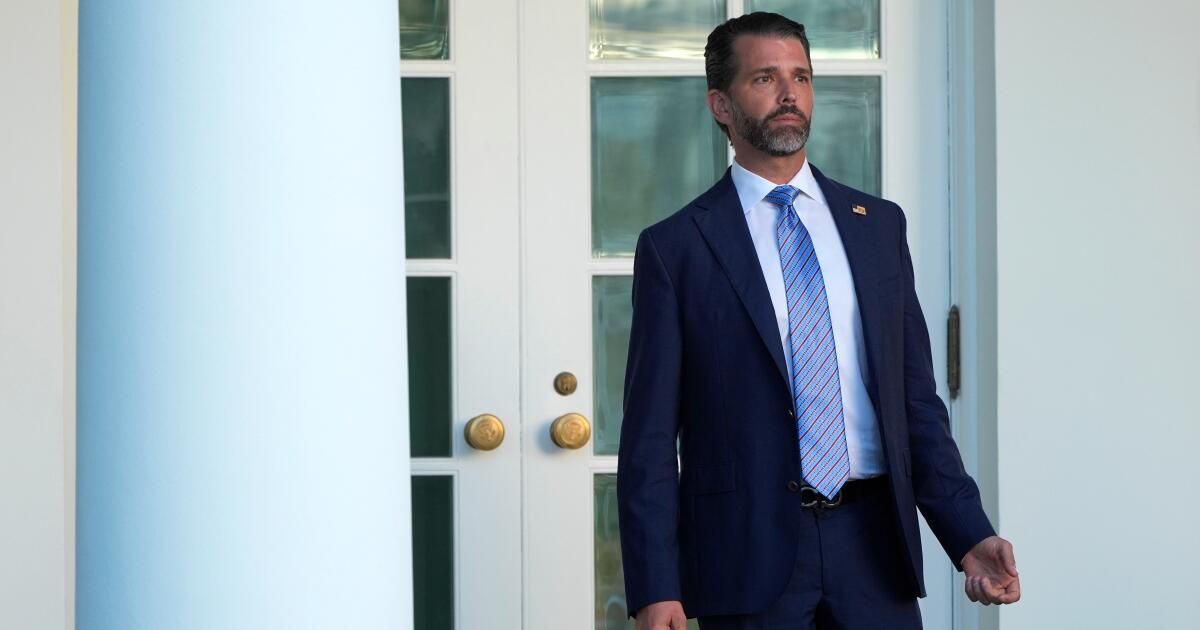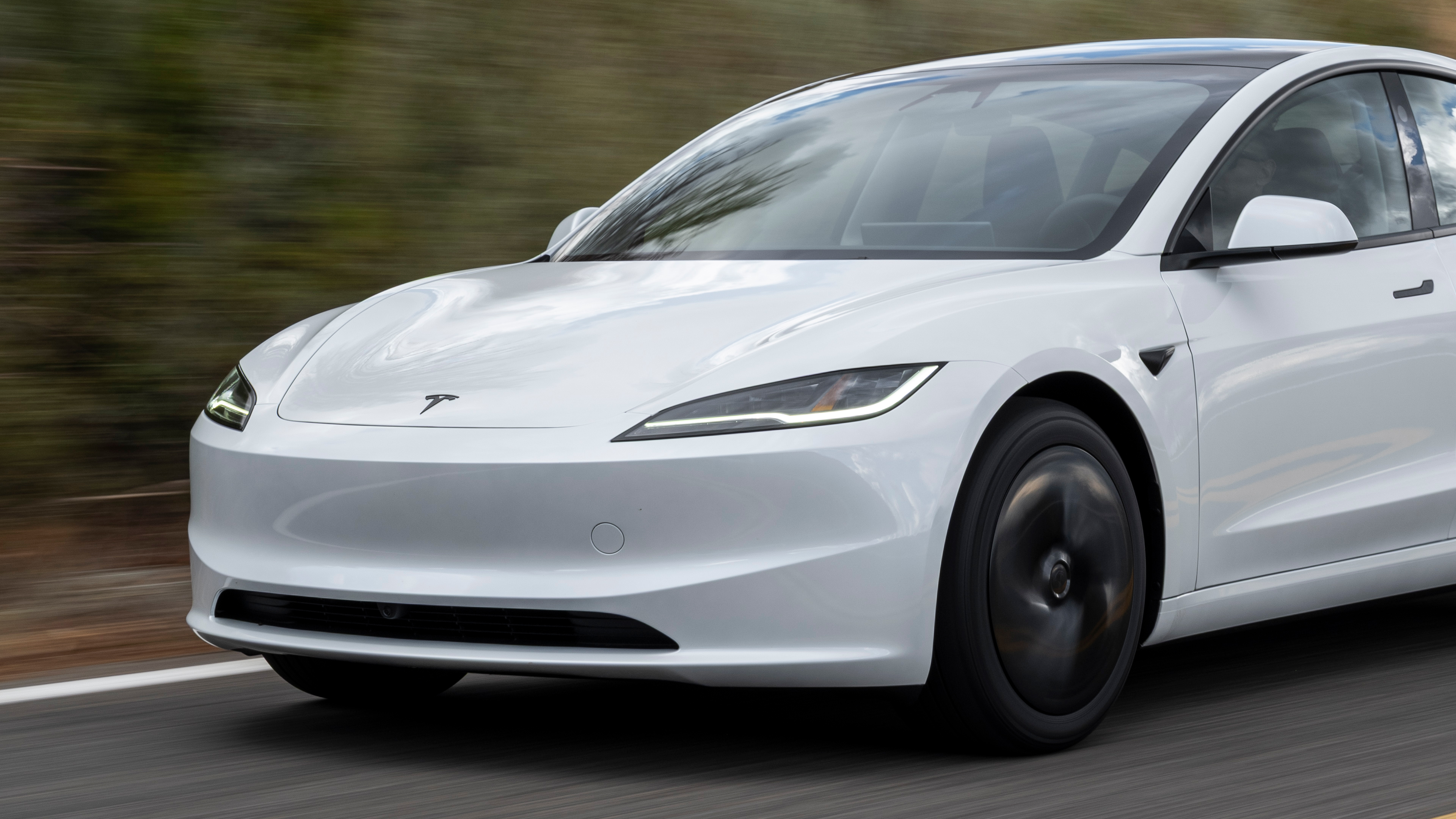Copyright MSNBC

BUSAN, South Korea — I first traveled to this country as a journalist covering the White House eight years ago. But on that trip, I was accompanying then-Vice President Mike Pence, who, fewer than 100 days into his new job, would defend the beginnings of a global trade war that he had spent his entire political career to that point warning against. “We are reviewing all of our trade agreements across the world to ensure they benefit our economy as much as they benefit our trading partners,” Pence said to business leaders in Seoul at the time. Today, in so many ways, Pence’s disappearance from the scene as an intermediary for such talks captures the shortened runway of his former boss’s patience for a systematic, more traditional diplomatic approach to trade negotiations. In 2025, alternatively, President Donald Trump immediately imposed massive tariffs on America’s most important trading partners, like South Korea at 25%. Over the summer, in exchange for the U.S.’s sixth-largest trading partner pledging to provide the U.S. with $350 billion, Trump lowered South Korea’s tariff rate to 15%. Both sides touted the result as an agreement during Trump’s visit here on Wednesday. MSNBC’s Vaughn Hillyard writes that eight years after he first traveled to South Korea with then-Vice President Mike Pence, the Trump White House trade strategy has become “negotiation through economic coercion.” For the president’s second term, it’s negotiation through economic coercion. In the spring, Trump’s chief trade adviser, Peter Navarro, suggested the White House’s strategy would lead to “90 deals in 90 days.” But in the 200 days since, Trump has announced only a handful of structural, cooperative agreements — all lacking the hallmark of congressional approval that trade pacts of the past have contained. This week’s high-stakes meeting in this port city between Trump and Chinese President Xi Jinping, however, captures the extent of Trump’s enthusiasm to continue to deploy that tactic and carry out his doctrine of tariff threats. Few are left to question his willingness to look past the financial consequences of closed trade markets for Americans as he pushes forward his own economic battle lines with the gusto that only a man seeking to prove himself the most powerful in the world could be eager to advance. In 2019, Trump imposed 25% tariffs on $200 billion in Chinese products. Six years later, it’s become a 55% rate on almost all imports. (A potential deal, in which China would promise to curb the flow of lethal fentanyl to the U.S., could result in the rate being lowered to 45%.) Treasury Secretary Scott Bessent and U.S. Trade Representative Jamieson Greer said over the weekend that a “framework” of a deal was in place for Trump to nail down with Xi, though lowering the tariff rate by a meaningful margin was not publicly presented as being in the cards. And even if China resumes some purchases of U.S. agricultural products, the fear of permanently lost overseas markets persists. There is also a deep skepticism about China’s willingness to hold to any of Trump’s takeaways from their meeting here. Since Trump launched his 2025 trade war with China, the U.S. has failed to force its counterpart to fold to its list of demands. Instead, China responded to Trump’s initial February tariff increase with export restrictions on numerous rare earth minerals, implementing retaliatory tariffs of 125% to counter Trump’s 145% escalatory tariff. By May, in an attempt to steady the markets and avoid what would have amounted to an effective embargo, the Trump administration announced that China had agreed to remove some of its rare earth mineral barriers to the U.S. and, in exchange, would lower some of the tit-for-tat tariffs. Two weeks later, however, Trump posted on Truth Social: “I made a FAST DEAL with China in order to save them from what I thought was going to be a very bad situation …. China, perhaps not surprisingly to some, HAS TOTALLY VIOLATED ITS AGREEMENT WITH US. So much for being Mr. NICE GUY!” To justify his allegiance to tariffs, Trump often says he’s “fighting for the American people,” and unlike during his first term, most foreign leaders are finding it easier, for the sake of short-term stability, to appease him and acquiesce to his demands to “negotiate.” But Trump 2.0’s eagerness to take the country into an even more perilous standoff illustrates his conviction that he can direct a wary public’s consciousness into accepting the idea that economic pain amounts to a patriotic sacrifice. “You really have to bear with me again, and this will be even better,” Trump said in an address to Congress in March, speaking directly to those in the agricultural industry. He added: “There’ll be a little disturbance, but we’re OK with that. It won’t be much.” He did, after all, provide farmers and others in the agricultural sector with $28 billion in federal government payments in 2018 and 2019 to compensate them for losses resulting from declines in commodity prices and from buyers overseas declining to pay the new expensive rates from retaliatory tariffs. On the campaign trail in 2020 and again in 2023 and 2024, Trump repeatedly boasted that he “gave $28 billion to our farmers.” In 2018, he claimed that a pending trade deal with China would lead to the adversarial superpower purchasing “from our Great American Farmers practically as much as our Farmers can produce,” and added: “Farmers will be a very BIG and FAST beneficiary of our deal with China.” Two years later, just before the Covid-19 pandemic hit, an initial phase of a deal with China was agreed upon that included guaranteed purchases of U.S. agricultural products. But in the first two years of that deal, China never held to its commitments — falling short by hundreds of billions of dollars. The Trump administration also never secured agreements from China during its 18 months of negotiations over its manipulation of market supply, its state-owned enterprises and subsidies, or intellectual property theft — all major issues the Trump administration had told the public it largely predicated its trade war on. Today, the more cautious Republicans and ardent GOP free traders of Trump’s first term — like Pence, or former Sen. Ben Sasse (“Do they understand what farmers and ranchers want and need? No”), or Sen. Joni Ernst (“I understand the president’s efforts, but we’re caught in the crosshairs”) — are gone. They’ve either left office, been pushed from office or given up their D.C. post after years of passive pushback against Trump’s escalatory and unilateral tariffs. America’s financial fate now comes down to the daily audibles of Trump, America’s economic quarterback, and just how much each of his global counterparts, including Xi, are willing to give in to his coercive form of negotiating in this second term.



